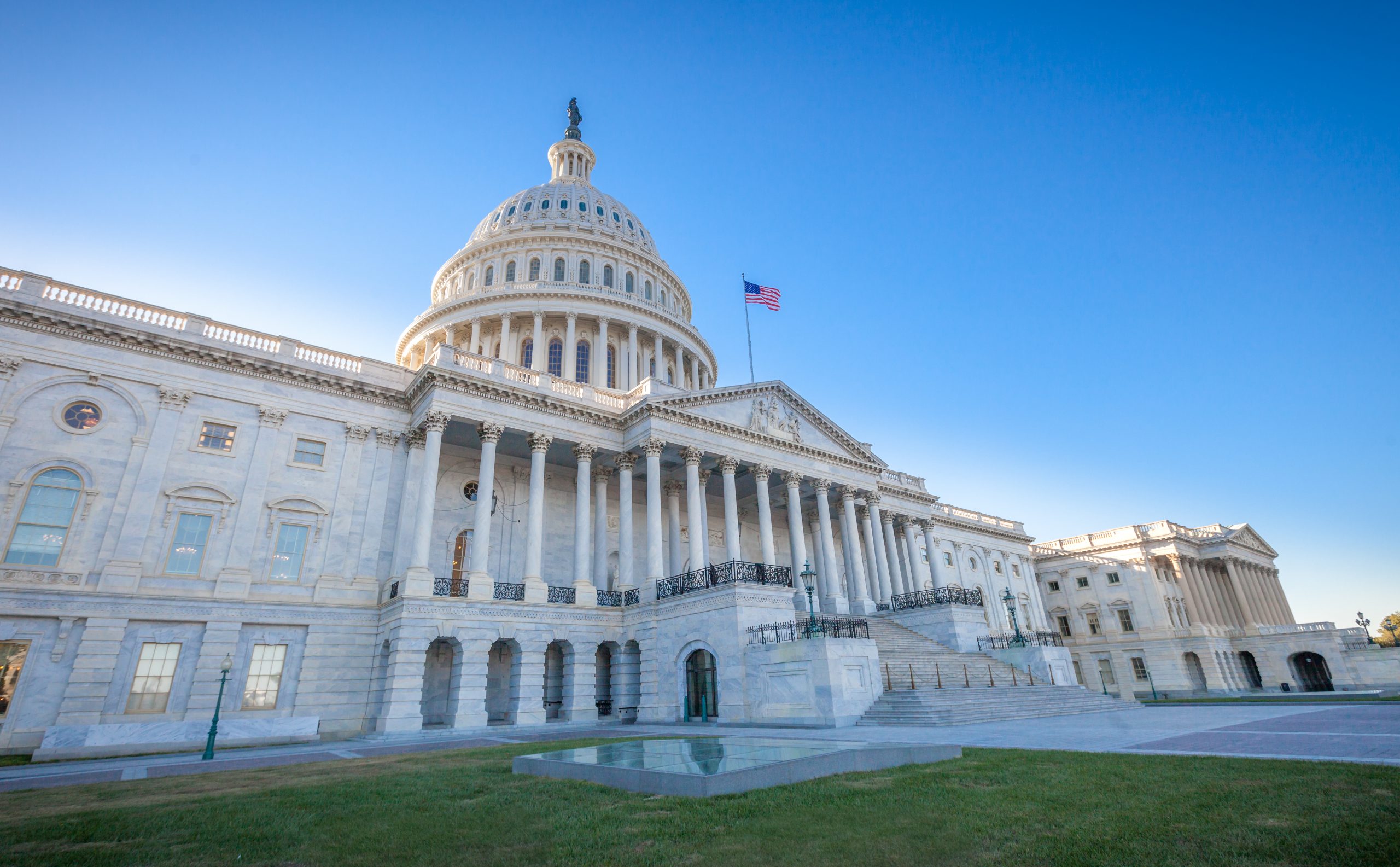Government Affairs and Advocacy
Jan. 17 Federal Update: Omnibus Package Finally Passes, Funds Government for 2023
Just before Christmas, Congress passed a $1.7 trillion bill to fund the federal government for fiscal year 2023. The House voted 225-201 to support the package, while the Senate passed the bill 68-29. On Dec. 29, President Biden signed the bill into law. The enormous bill, passed on a bipartisan basis after months of intense negotiations, includes $772.5 billion in non-defense discretionary programs, an increase over FY 2022. Though a deal to expand the child tax credit while extending some corporate tax breaks was in the works at the end of negotiations, it failed to make it into the final bill. Several provisions of interest to the social sector, however, were included. Here is a summary of some of these provisions, courtesy of our friends at the American Public Human Services Association:
- Postpartum coverage through Medicaid has been made permanent, though states can choose whether to opt-in or not
- Permanent Summer EBT Program: $40 per month per eligible child for free or reduced-price school meals throughout the year
- Maternal and Child Home Visiting Program Reauthorization: $500 million in base funding for FY 2023-2027, plus federal matching grants depending on the state match
- Child Care and Development Block Grant: $8.02 billion, an increase of $1.8 billion over FY 2022
- IV-E Funding: $7.6 billion, compared to $6.96 billion in FY 2022
- Special Supplemental Nutrition Program for Women, Infants, and Children: $6 billion, flat with FY 2022 funding
- Head Start: $11.99 billion, compared to $11.04 billion in FY 2022
- Pell Grants: $7,395 per student, an increase of $500
New Mental Health Funds from Bipartisan Safer Communities Act
On Jan. 9, the Substance Abuse and Mental Health Services Administration (SAMHSA) and the Health Resources and Services Administration (HRSA) received a new $245 million tranche of funding from the Department of Health and Human Services (HHS). Made available through the Bipartisan Safer Communities Act passed last June, these funds will help address the youth mental health crisis, provide the health care workforce with mental health resources, and fill other gaps in the mental health care system. Specifically, the SAMHSA grants will provide:
- $63.7 million for Project Advancing Wellness and Resiliency in Education (Project AWARE) to implement school-based mental health programs
- $57.7 million for Mental Health Awareness Training grants to give mental health training to school personnel, emergency responders, law enforcement and others
- $14.9 million to School-Based Trauma-Informed Support Services and Mental Health Care for Children and Youth for evidence-based and culturally accessible trauma services
- $19.5 million for the National Traumatic Stress Initiative to provide support to children, adolescents, and families who have experienced trauma
- $20 million for Resiliency in Communities After Stress and Trauma grants to aid communities that have experienced civil unrest, violence, and other trauma
HHS also awarded the HRSA $60 million to fund mental health training for primary care clinicians.
988 Lifeline Receives New Grants
Last month, the Department of Health and Human Services (HHS) announced $130 million in new funding for the 988 Suicide & Crisis Lifeline. The funding is part of almost $500 million the Biden administration has disbursed to the 988 Lifeline in the last two years. These latest grants include $47 million to states and territories to improve the program, and $21.1 million for 988 Lifeline Tribal Response Grants and technical assistance for tribal communities. HHS also announced $64.8 million for Vibrant Emotional Health, the 988 Lifeline administrator, for various capacities, including language-based services, practical training, call routing, center expansion, and specialized care for vulnerable populations. The 988 Lifeline, which Congress began funding in 2020, provides free and confidential counseling to people with mental-health-related stress.
New Independent Sector Report on the Nonprofit Sector
On Dec. 31, 2022, Independent Sector released its Quarterly Report, Health of the U.S. Nonprofit Sector, which provides data and analysis on the social sector for the second and third quarters of 2022. The report included good and bad news for the sector. The nonprofit sector contributed $1.5 trillion to the economy in the third quarter, up $1 billion from prior quarters. Its gross value added was 5.6 percent of GDP, which is typical for recent years. The number of volunteers declined by 19 percent from 2019 to 2020, and the number of donors decreased by seven percent in 2022 compared to the year before, though the number of dollars donated increased by 6.2 percent year-over-year. Nonprofit workers’ family income increased by 4.2 percent in the third quarter of 2022, with the largest growth in employees earning less than $40,000. Finally, 56 percent of the public trusted nonprofits to do what was right in 2022, 3 percentage points less than in 2020.
Social Current, APHSA Partner to Co-Create New Framework for Community-Based and Public Sector Human Services Leaders
The American Public Human Services Association (APHSA) and Social Current have a long history of collaboration. With support from the Robert Wood Johnson Foundation, the two organizations will continue partnering with purpose to develop a new leadership framework for health and human services leaders to work together and across system boundaries.
Read more in this article by APHSA President and CEO Tracy Wareing Evans and Social Current President and CEO Jody Levison-Johnson from the latest edition of Policy & Practice.
Subscribe to the Policy and Advocacy Radar to receive our biweekly policy roundup, which includes commentary on issues in Social Current’s federal policy agenda, opportunities to take action, and curated news and opportunities.

